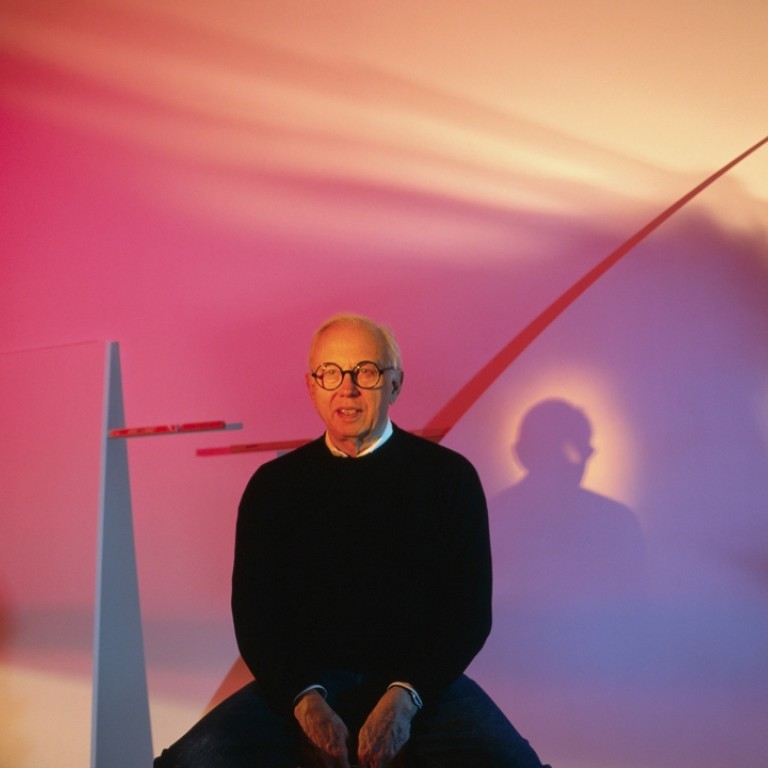
Ellsworth Kelly: remembering an abstract artist with perfect pitch
The painter, sculptor and printmaker died on December 27 at the age of 92, leaving behind a legacy of great American abstract paintings
For 65 years, a period longer than some artists’ lifetimes, Ellsworth Kelly focused almost entirely on shape and colour. His paintings had a perfect pitch and feel for scale. You could pass them by, but soon find yourself turning back to look again: and the longer you look, the more they open up.
You feel his art with your body as much as your eyes. The effects seem pictorial, but they are not pictures.
Kelly’s art was both reserved and generous, constantly reinventing and refreshing itself with an unerring spareness and elegance.
SEE ALSO: Los Angeles paean to pop art, The Broad, is a patchy parade
Never fitting into any particular genre, Kelly was the most European of American abstract painters, as indebted to the lessons of Matisse and Brancusi, Jean Arp and Sophie Taeuber-Arp as he was to Alexander Calder or Ad Reinhardt.
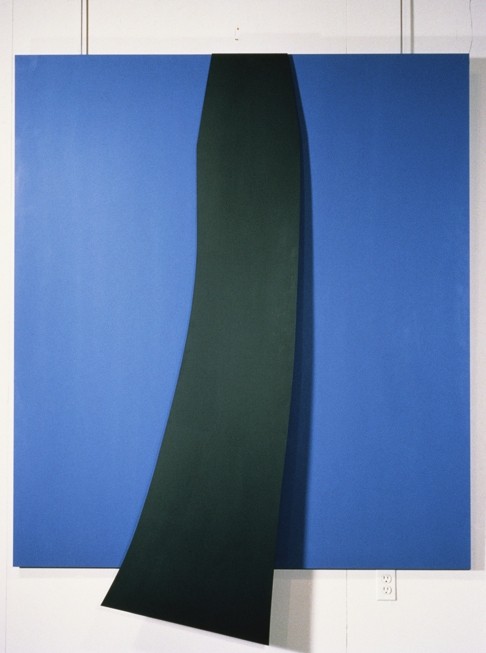
Looking at his flatly painted, one-colour panels and sometimes eccentrically shaped paintings, you might think they were minimalist, though the simplicity he sought was a much more complicated matter: insides and outsides, singularities and relationships, and the totemic and the enclosed.
Kelly may remind you of other artists, but this was less a matter of influence than one of parallel discoveries and tangential development.
During the late 1950s, after living in Paris, he worked at Coenties Slip, near the southern tip of Manhattan. Also there were abstract artist Agnes Martin, painter Jack Youngerman and his wife the French actress Delphine Seyrig and pop artists Robert Indiana and James Rosenquist. Jasper Johns and Robert Rauschenberg lived and worked nearby.
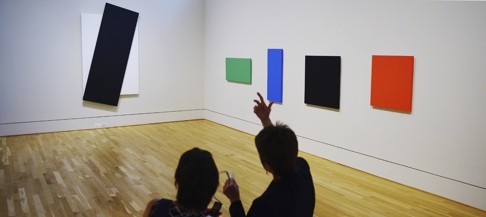
Already friendly with John Cage, Kelly’s art engaged with Cage’s ideas of indeterminacy and chance, and throughout his career his paintings and sculpture followed a path of discovery as much as of consolidation.
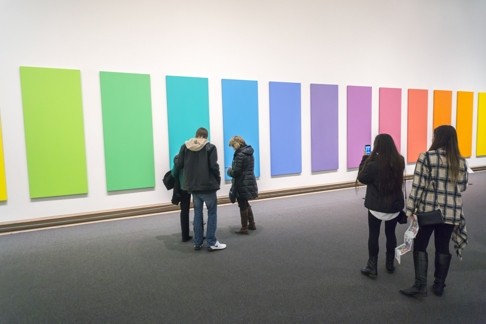
Often, the canvases and panels are shaped like sections of ellipses, arcs, diagonals and curves. There are wedges and rhomboids that look as though they are obeying an impossible perspective. His art was full of energy, stillness and unexpected meetings.
This gave his art a wonderfully understated eccentricity, reined in by a feeling for rightness, which is a quality more easily sensed than explained.
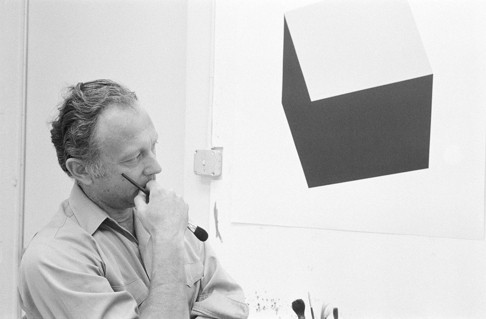
Kelly drew, with a lovely sparse line and feel for a shape’s placement on the paper. A great foil to his paintings, these outline drawings of lily leaves, lemons, vines, fig and briar feel like they have grown naturally, without any contrivance. In his art there is no apparent struggle, just a feeling of arrival.
Kelly, one of the most influential American abstract artists, died on December 27, 2015.
The Guardian

